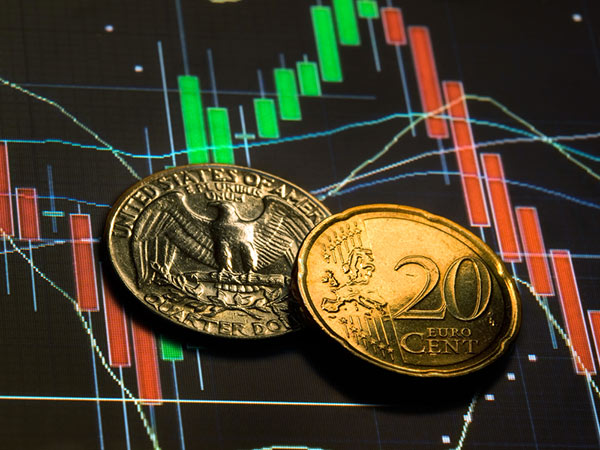The Euro to US Dollar (EUR/USD) exchange rate could slump to a 12-year low next week as investors increase the pace of offloading their Euros as the European Central Bank (ECB) launches it €1 trillion quantitative easing programme on Monday.
The Euro to US Dollar (EUR/USD) exchange rate fell to a session low of 1.0843 on Friday.
The single currency suffered a sharp decline on Friday, as investors were unsure as to when the announced quantitative easing programme will end. ECB President Mario Draghi gave a rather vague end date of September 2016 but as he also said that the programme would continue until inflation, gets close to 2% that deadline could be extended. A later end data would lead to more than the €1 trillion announced something that is far from a positive for the strength of the Euro.
The markets shrugged off Eurozone GDP data which matched forecasts and a better than forecast industrial production report out of German as they continued to focus on Monday. On the same day, European finance ministers are due to gather in order to discuss the Greek situation. Jitters remain over Greece’s financing.
US Dollar (USD) Exchange Rate Surges on Jobs Data
Data released by the Washington based Labour Department showed that US companies created 295,000 new jobs in February, a number that smashed economist forecasts for an increase of 240,000. The data means that the US has seen the longest run of 200,000 plus increases since 1994. Also buoying the US currency was a separate report which showed that the nation’s unemployment rate fell to a lower than expected 5.5%, a drop from the previous session level of 5.7%.
The strong report caused economists to increase their bets that the US Federal Reserve will raise interest rates this year with some citing June as a possible data.
‘This is quite a day for Dollar bulls. These latest figures have more than surpassed the market’s expectations, sending the Dollar soaring by around 1% against the Euro. This is good news for Eurozone exporters. As for the currency impact, with the ECB introducing further QE this week, it may now be difficult for the Euro to bounce back from its recent slide. Fundamentally, this may be the green light the Fed has been waiting for. We should see a hike as soon as June this year, and the overnight rate should end the year at around the 1% level,’ said Enrique Diaz, leading currency specialist at Ebury.
Looking ahead to next week there is little in the way of market moving data from the USA save for Friday’s retail sales and PPI data. The Euro could claw back some ground if data out of the region suggests that it is showing signs of a recovery.
Greece is expected to influence the EUR/USD exchange rate, as investors remain concerned over the nation’s bailout programme.
Thursday’s jobless claims data out of the USA will influence the currency pair.
Traders should keep an eye on events in Ukraine as a breach of the tentative ceasefire will likely increase demand for the safe haven ‘Greenback’.



